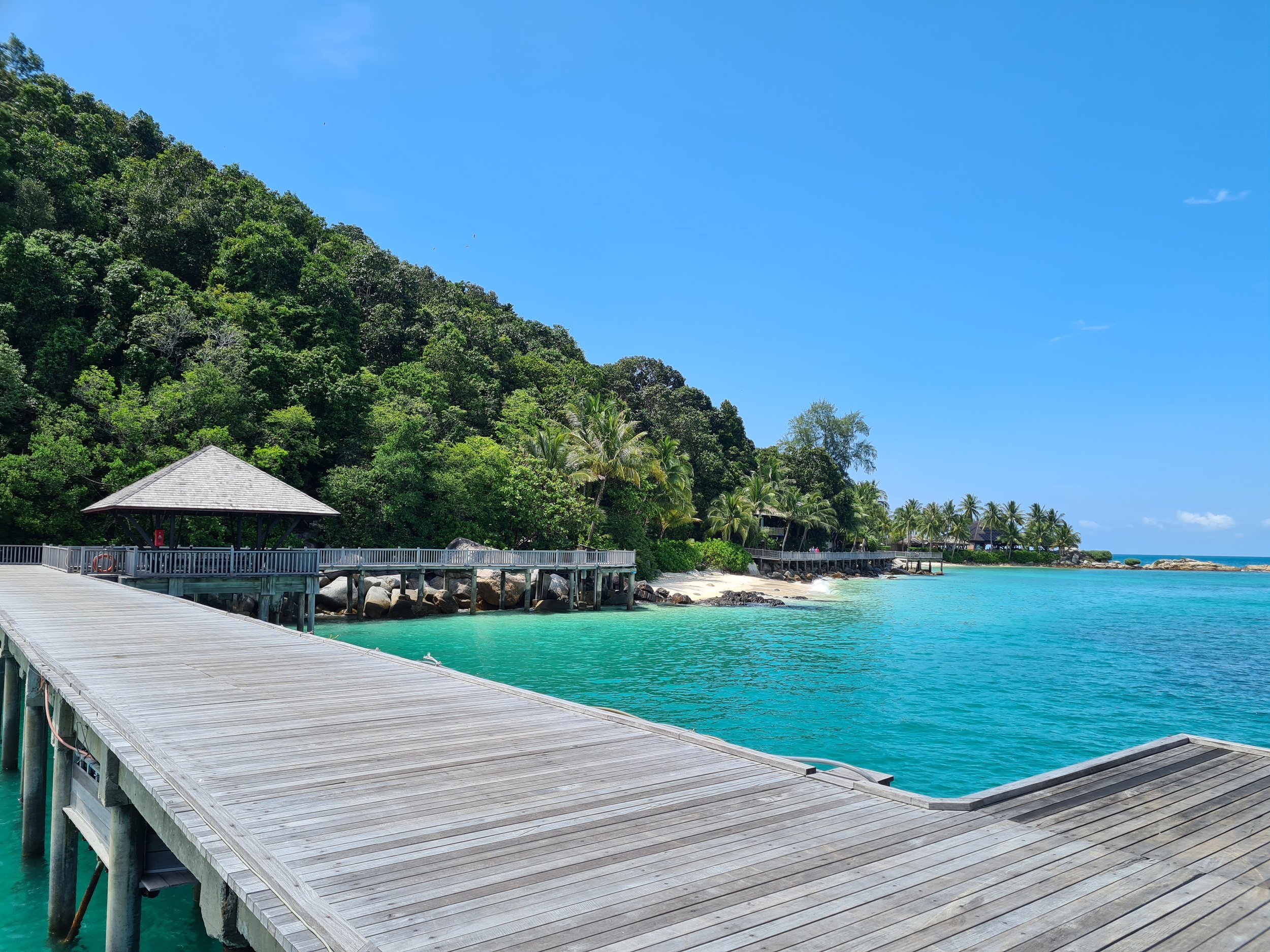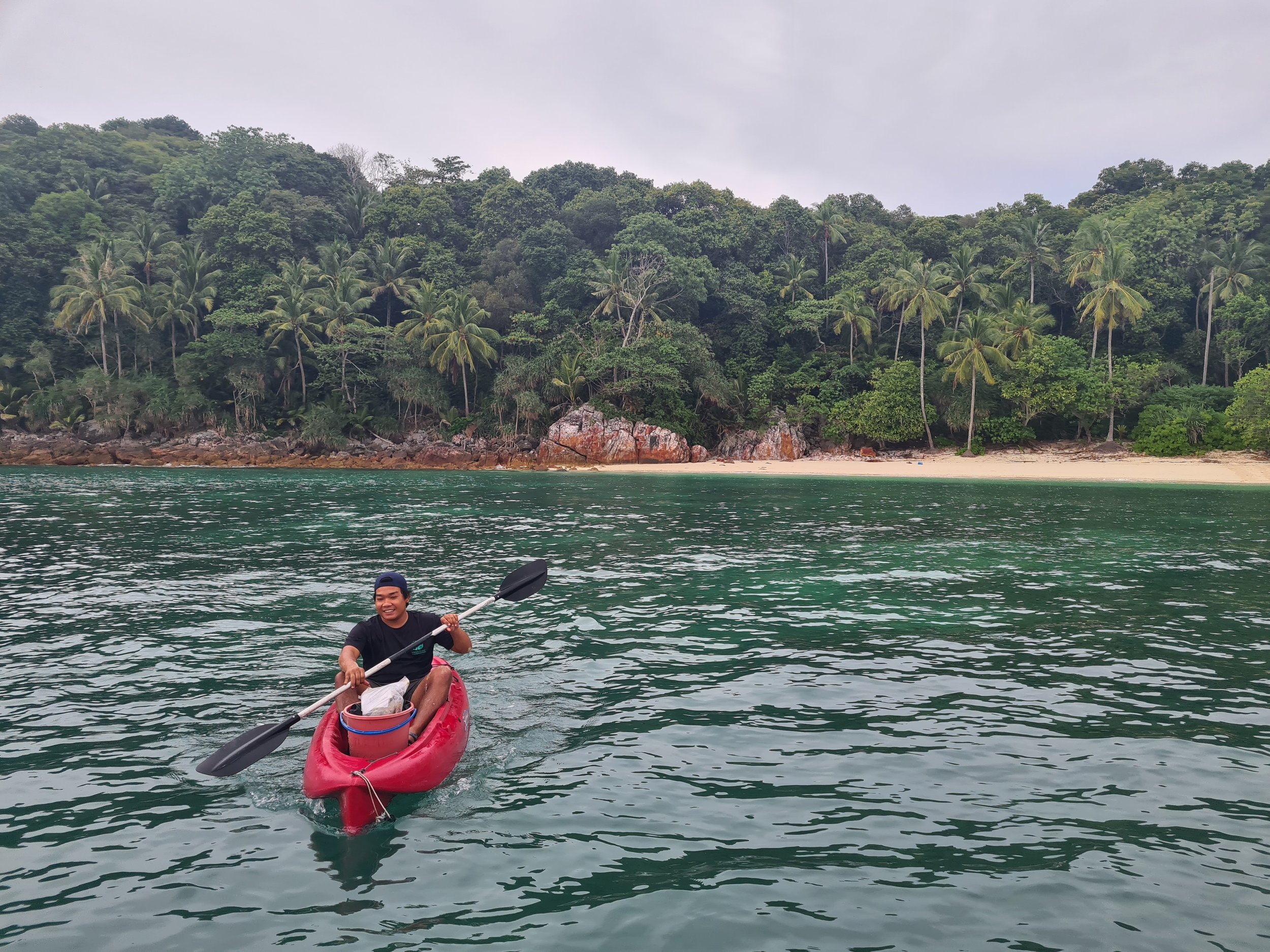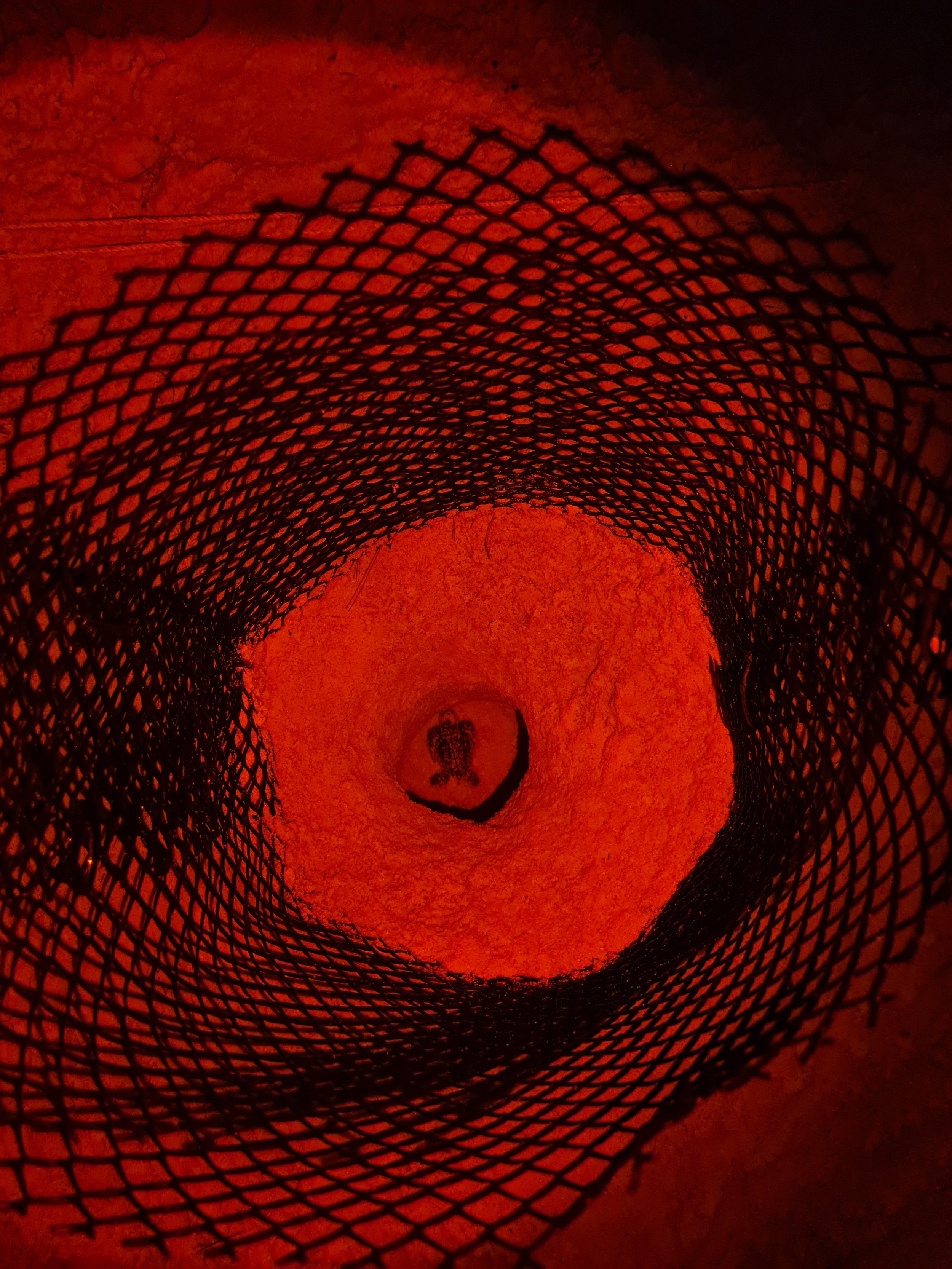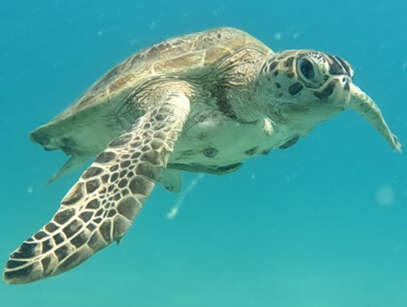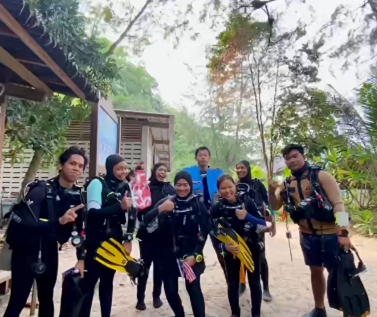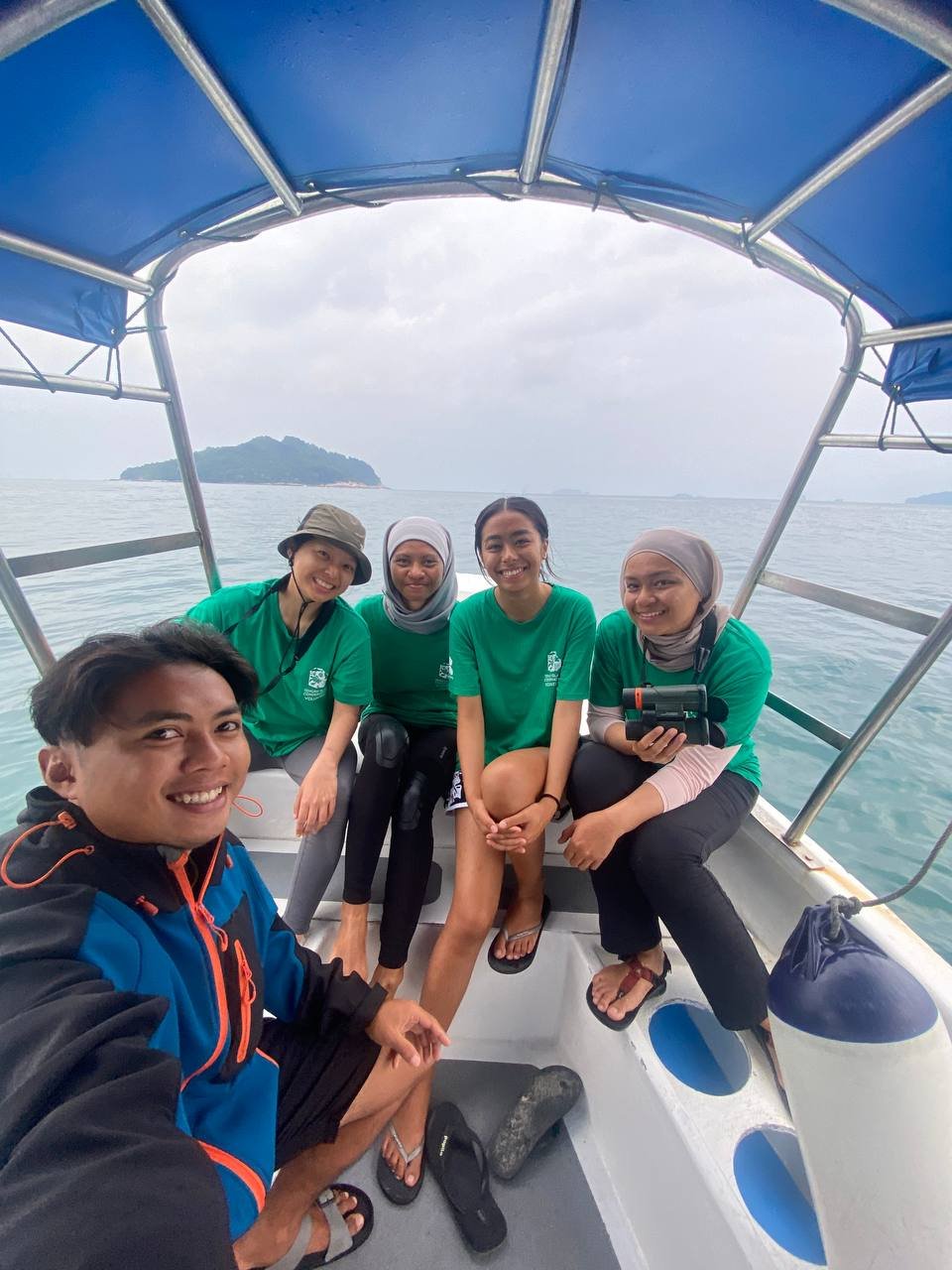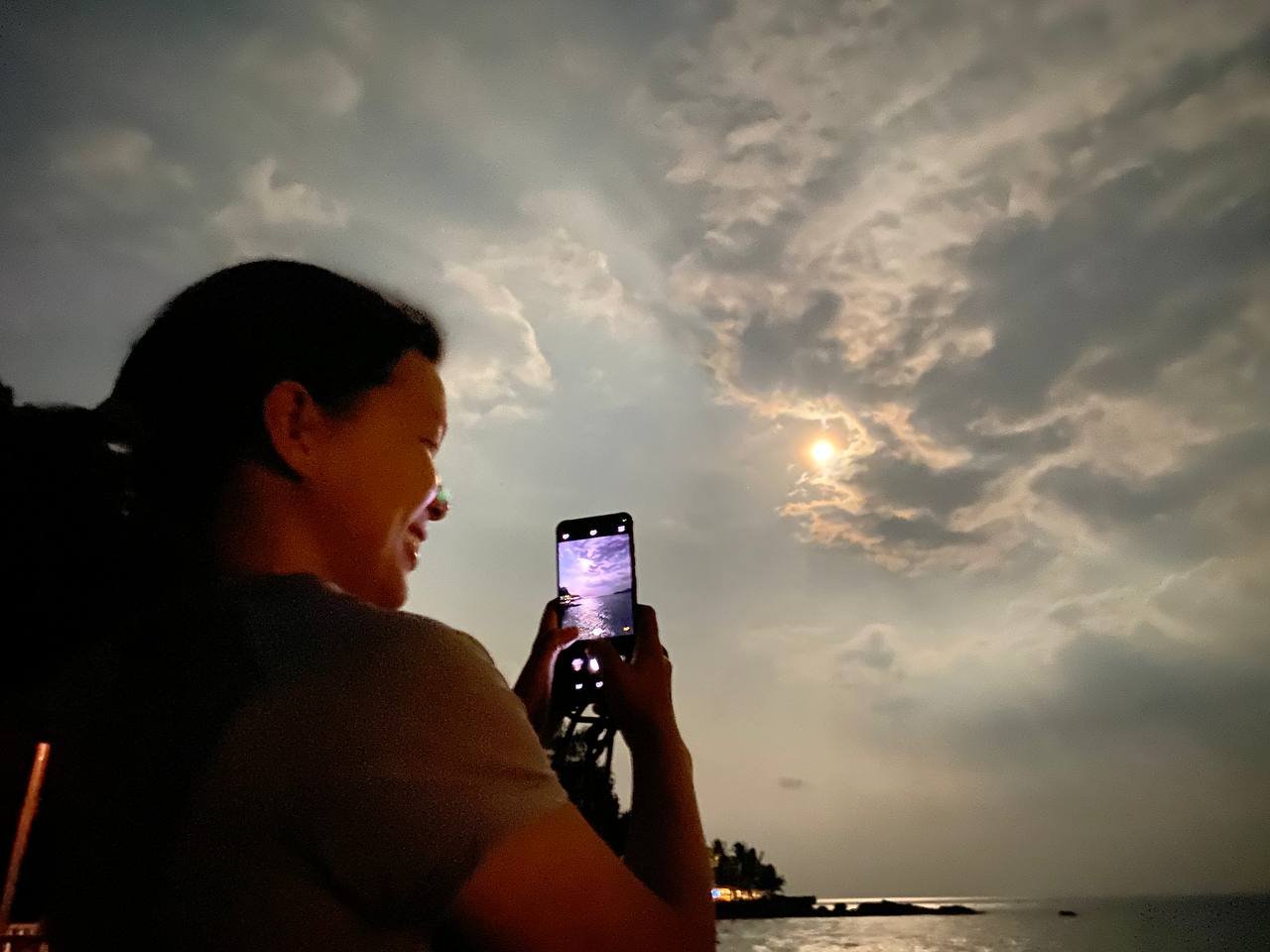TAKING A GIANT STRIDE INTO A NEW WORLD - CHUA XIN NING
Just 20 minutes off Mersing and civilization seems a world away… (fear not! There was still access to the internet and local phone networks – though intermittent at times) What can we do on an island that is just 3 km in circumference? The answer is a lot! Situated within the Johor Marine Park, Tengah Island Conservation (TIC) focuses mostly on conservation of sea turtles and coral reefs across 7 islands. It was a world of unknown for me as I had no prior knowledge on marine science and was purely interested in understanding what is happening in the conservation world – thank you to TIC for creating this platform for people from various backgrounds!
Our schedule every week is filled with different activities, starting with morning patrols, bi-weekly talks with guests, beach clean-ups, to dive surveys. The first couple of weeks were filled with training to make sure that we are familiar with the upcoming tasks as well as learning about the different marine life in the area. Once those were settled, we were ready to roll – but alas… since sea turtles neither nest nor hatch according to us humans, every now and then, we had to adjust the schedule to fit them instead! However, the joy of seeing a brighter future for sea turtles made it all worthwhile, from seeing most eggs hatch to seeing the last hatchling make its way to the sea (albeit sometimes with a long detour – hey, who says a sea turtle hatchling can’t be an attention seeker).
As TIC only has a small team, they rely on volunteers and interns to support coral reef check activities. Having not done any dives in the past 7 years, it was daunting to restart it without having a clue about what is required during the dives. Not just making sure we can properly hover and stay as still as possible (made some progress myself but barely passing the test), we had to be able to identify the fish, invertebrates, impact and substrate during the dive (talk about multi-tasking…). However, this has really helped me observe how human activities have impacted the marine environment directly (corals damaged by boat anchors) or indirectly (coral bleaching due to global warming). Slowly, the anxiety of what-ifs (not being able to identify them or even identifying them wrongly) had also turned into excitement – spotting groupers swooping in and out of coral reefs, the first juvenile harlequin sweetlips (being caught for aquarium trade =( ), giant clams embedded within corals and so on.
Living on an island so secluded, I am thankful that the team and fellow volunteers/ interns are so warm in turning The Ranch into a home for everyone. They have taught me to not be afraid to try even though we may not be subject experts – cooking new recipes, fixing nets for turtle nests, kayaking in rough waves, testing new ways to create coral biscuits, putting together spare wood to create walkways and so on. Lucky enough to have witnessed and experienced The Ranch reaching its full capacity since Covid-19 – thank you everyone at The Ranch for making the 9 weeks amazing and making it so hard to leave!
Like how the saying goes, sad to leave and happy to go. It was tough saying goodbye to people and the surroundings that had become a norm in just 9 weeks. Just leaving the island, everything feels different immediately already, from the hustle and bustle on the road to meals without the gang. It was an eye-opening journey to see the work of conservationists up-close and personal. Having played just a tiny part in conservation efforts, I hope to be able to apply what I have learned in TIC wherever I go and bring awareness to those around me.
The conservation journey is long and may never end – with every effort, however small, and hopefully we will see some light at the end of the tunnel soon.

